Hex triplet #704214 CMYK (c, m, y, k) (0, 41, 82, 56) Source Maerz and Paul | sRGB (r, g, b) (112, 66, 20) HSV (h, s, v) (30°, 82%, 44%) | |
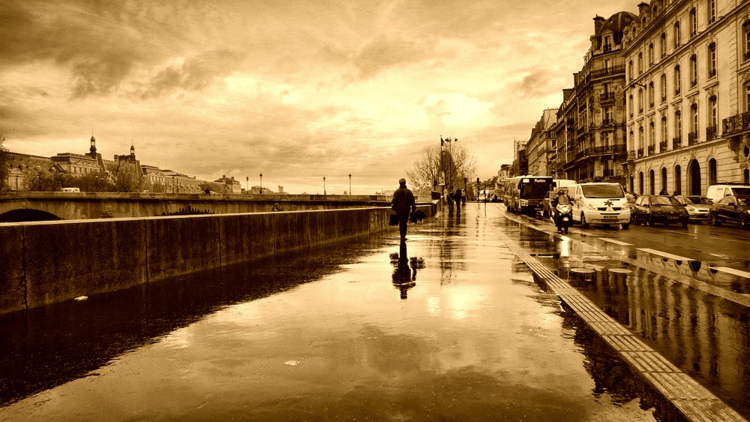 | ||
Sepia is a reddish-brown color, named after the rich brown pigment derived from the ink sac of the common cuttlefish Sepia.
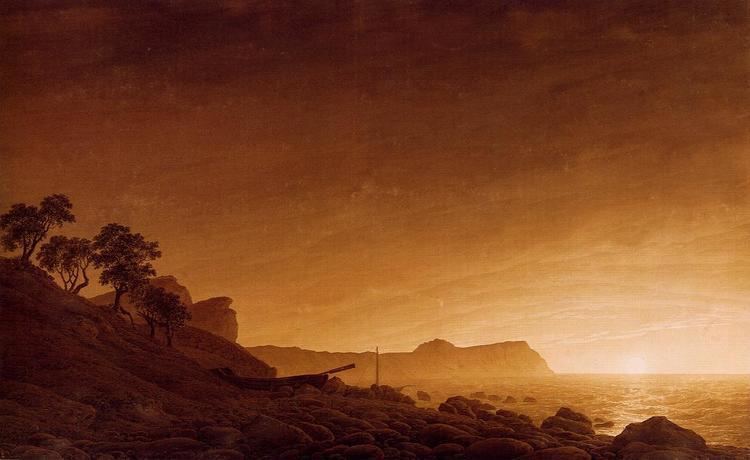
The word sepia is the Latinized form of the Greek σηπία, sēpía, cuttlefish.
Sepia ink consists of melanin nanoparticles of size 100 to 200 nm.
Sepia in culture
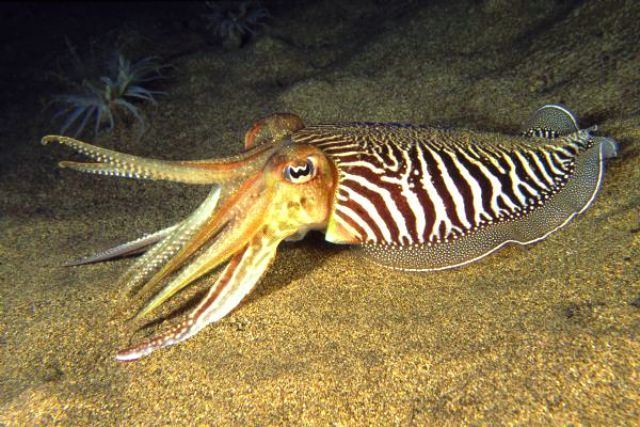
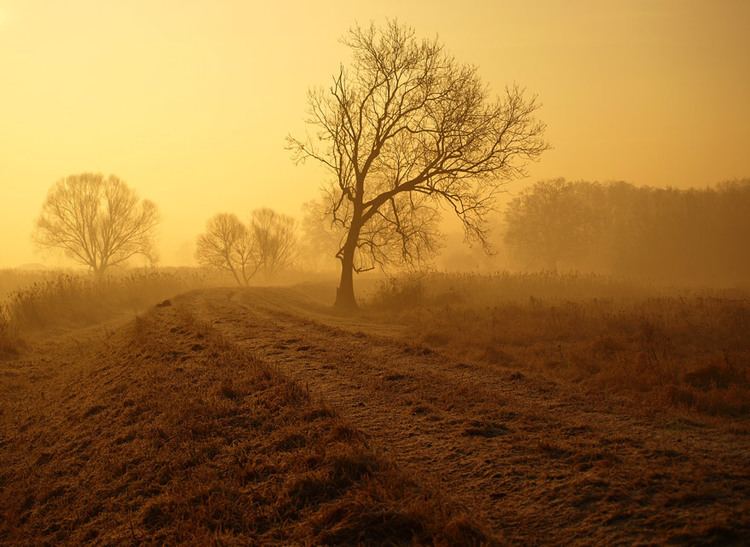
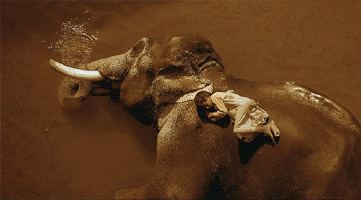

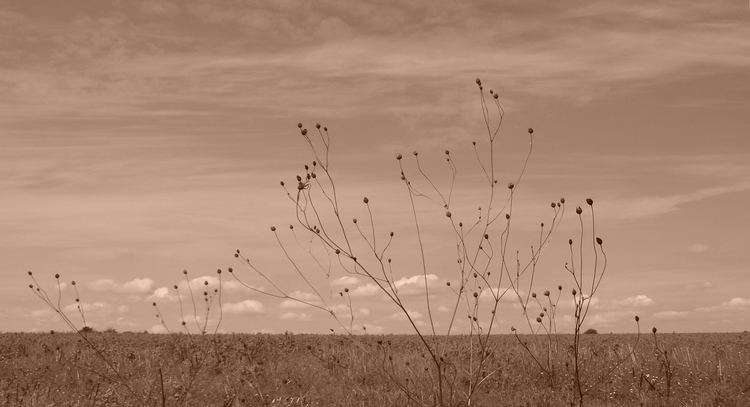
References
Sepia (color) Wikipedia(Text) CC BY-SA
